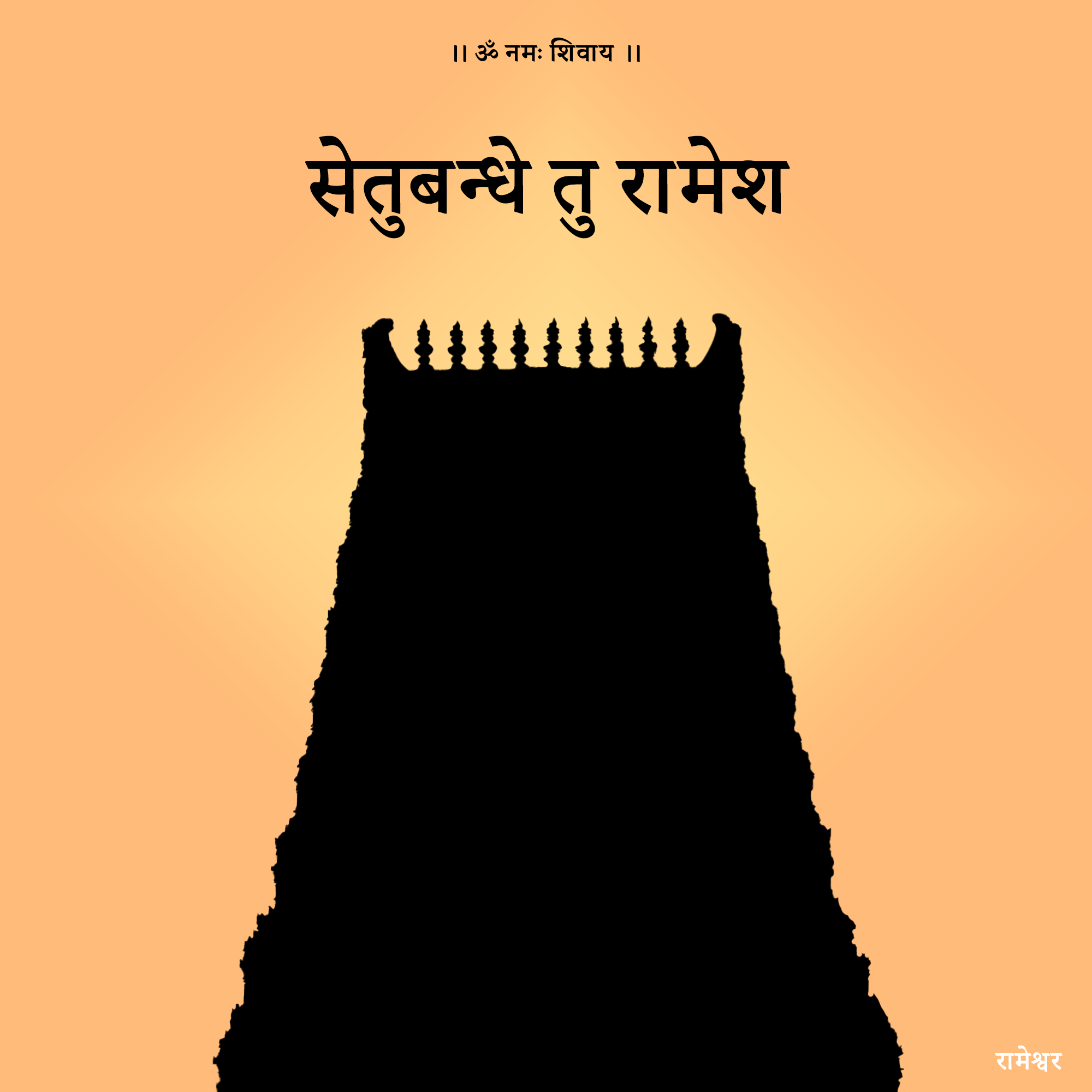Rameshwaram Jyotirlinga Temple, sometimes referred to as Ramanathaswamy Temple, is a respected and historic Hindu temple devoted to Lord Shiva. It is situated on Rameswaram, a revered island in Tamil Nadu, India’s Gulf of Mannar. Rameshwaram, one of the Char Dham pilgrimage locations, is extremely significant to Hinduism. The Rameshwaram Temple is described in detail in the following facts and information.
Rameshwaram Jyotirlinga Temple Location
The Pamban Bridge connects the island of Rameswaram with the mainland, where the Rameshwaram Jyotirlinga Temple is located. The temple is situated not far from India’s southernmost point
The epic Ramayana and Hindu mythology both play a significant role in the temple’s history and significance. Before setting off on his voyage to Lanka to save Sita, it is thought that Lord Rama visited this location to worship Lord Shiva with his wife Sita and his devoted follower Hanuman. The temple is also linked to the legend of Lord Rama building a bridge (also known as Adam’s Bridge or Rama Setu) to Lanka.
Table of Contents
Architecture , History and Importance
Rameshwaram Jyotirlinga Temple is an outstanding example of Dravidian architecture. The elaborate carvings, sculpted pillars, and imposing gopurams (entrance towers) that make up the temple complex are its distinguishing features. The temple’s design pays homage to South India’s extensive cultural and aesthetic legacy.
The temple is well known for its impressively lengthy hallways, which are among the longest in any Hindu temple. Intricate sculptures cover the hallways, and the hall with 1,000 pillars (Ayiram Kaal Mandapam) is a spectacular architectural feat.
The holy water body known as Agnee Theertham is situated next to the temple. Before entering the temple grounds, pilgrims frequently take a ritual wash in the river’s waters.
There are 22 holy wells throughout the temple complex, each of which has a particular function or advantage. In these wells, pilgrims take ceremonial baths as a part of their spiritual journey.
Rama’s Pilgrimage: In accordance with the Ramayana, Lord Rama prayed to Lord Shiva in this location in order to have any sins from his fight with Ravana forgiven. Devotees think they can atone for their sins by making the trek to Rameswaram and taking a ceremonial bath in the holy waters.This is the location where, according to Hindu mythology, Lord Shiva was worshipped by Lord Rama, his consort Sita, and his loyal companion Hanuman before he left for Lanka.
Agniteertham Snanam: An essential component of the pilgrimage is taking a ceremonial bath in the Agnee Theertham. It is believed by devotees that a plunge in these waters can aid in spiritual purification.
Gandhamadhana Parvatham: Another place pilgrims go is the Gandhamadhana Parvatham, a mound where local legend holds that Lord Rama left his imprints. It provides expansive vistas of Rameswaram.
It is the temple with the longest corridor of all the Indian Hindu temples. The corridor is around 1,200 meters long and has pillars that are finely carved.According to the epic Ramayana, Rameswaram is the location where Lord Rama erected the Rama Setu, a bridge that connects Lanka to the sea.
Visitation
Both devotees and tourists are welcome to enter the temple to observe the god and take part in rites. Before making travel arrangements, it is advised to confirm the temple’s operating hours and regulations.
It is thought that Lord Rama’s bridge reached Lanka at Dhanushkodi, which is close to Rameshwaram Jyotirlinga temple. It has spiritual importance as well.
Rameshwaram Jyotirlinga Temple is a popular Hindu pilgrimage site, especially for those from South India. Every day of the year, a steady stream of worshippers visit the temple, and big occasions like Maha Shivaratri are lavishly commemorated.
In addition to its religious significance, Rameswaram’s Ramanathaswamy Temple is a magnificent example of India’s architectural prowess and rich cultural legacy. Its elaborate patterns, historical significance, and spiritual value have drawn millions of tourists and devotees from all over the world. The temple represents dedication, faith, and the everlasting bond between Lord Shiva and Lord Rama.
Also read about Kedarnath Jyotirlinga Temple.
